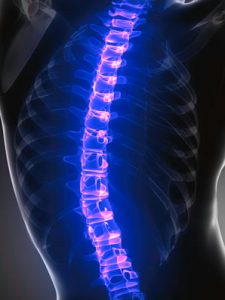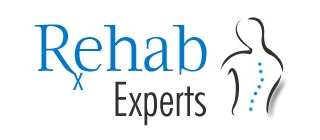Understanding Scoliosis
By definition, scoliosis is termed as a twisting and curving of the spine towards a particular side. Curving of the spine towards the left side is called ‘levoscoliosis’, and curving towards the right side is called ‘dextroscoliosis’. This condition can be seen as early between 7-11 years old as child and even as late as 50-60 years old as an adult. To understand the nature and cause of the scoliosis, the patient has to undergo an examination by a trained professional or a doctor who specializes in scoliosis.
After thorough examination of the patient, the doctor or physical therapist assigned to him will now coordinate with the patient to establish a plan of care and goals that both the patient and doctor/therapist would want to achieve.
As a starting treatment, the patient will now undergo Physical Therapy rehabilitation, and whatever the outcome of the examination was, the plan of care will proceed as follows. In scoliosis rehabilitation, we start first at a simple and non-aggressive approach as to not elicit any discomfort or pain. Patients are asked to kneel first, then sit on their heels, bow down and stretch out the arms as far as possible, then the patient starts to walk using their hands only towards the same side of where their spine curves then goes back to initial position. This exercise is then repeated about 5-10 times and in sets of 2-3, after which another exercise is given. Another exercise for a scoliotic patient is that the patient kneels down in front of a wall, facing the wall, with the arms and hands raised up, then the patient slowly sways to the side where the spine curves and holds that position for about 10-15 seconds and goes back to the initial position. The two exercises mentioned above are both basic exercises which can also be done at their homes as a home exercise program. Further into the rehabilitation process of scoliosis are machines that are also used as an adjunct to those exercises above as part of the plan of care.
The next step on the rehabilitation care is to make sure your client is stable, may be it one-leg standing or both feet on the ground. Checking the stability of your patient before progressing helps the therapist establish a better progression for the patient. Stability exercises may involve the patient to be standing with one leg. Further progression of the rehabilitation of scoliosis will eventually involve weights. These weights are used to counter-act the curving of the spine up to a certain degree. High degrees of scoliosis are not recommended for weight training. One example of this weight training is by standing and carry one weighted object like a dumbbell or kettlebell on the side where the curve is hold for about 30-45 seconds, the force generated by the weight will counter-act the curving or to help prevent it from getting much worse. Another progression for a scoliosis based rehabilitation is the use of a swiss ball/ therapeutic ball, this ball will also help counter-act the curve of the spine using the patient’s own body weight. The therapist should be keen and precise when giving instructions when doing swiss ball oriented exercises for these exercises heavily rely on the patient’s stability, that is why these exercises are given at a later part of the rehabilitation process.

